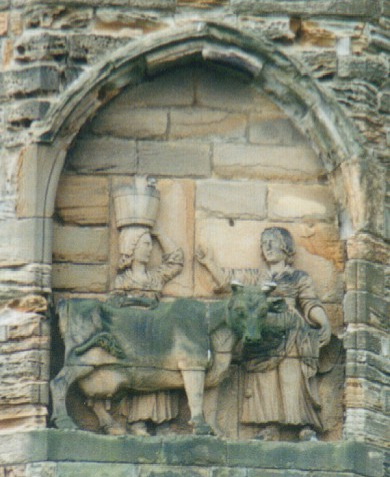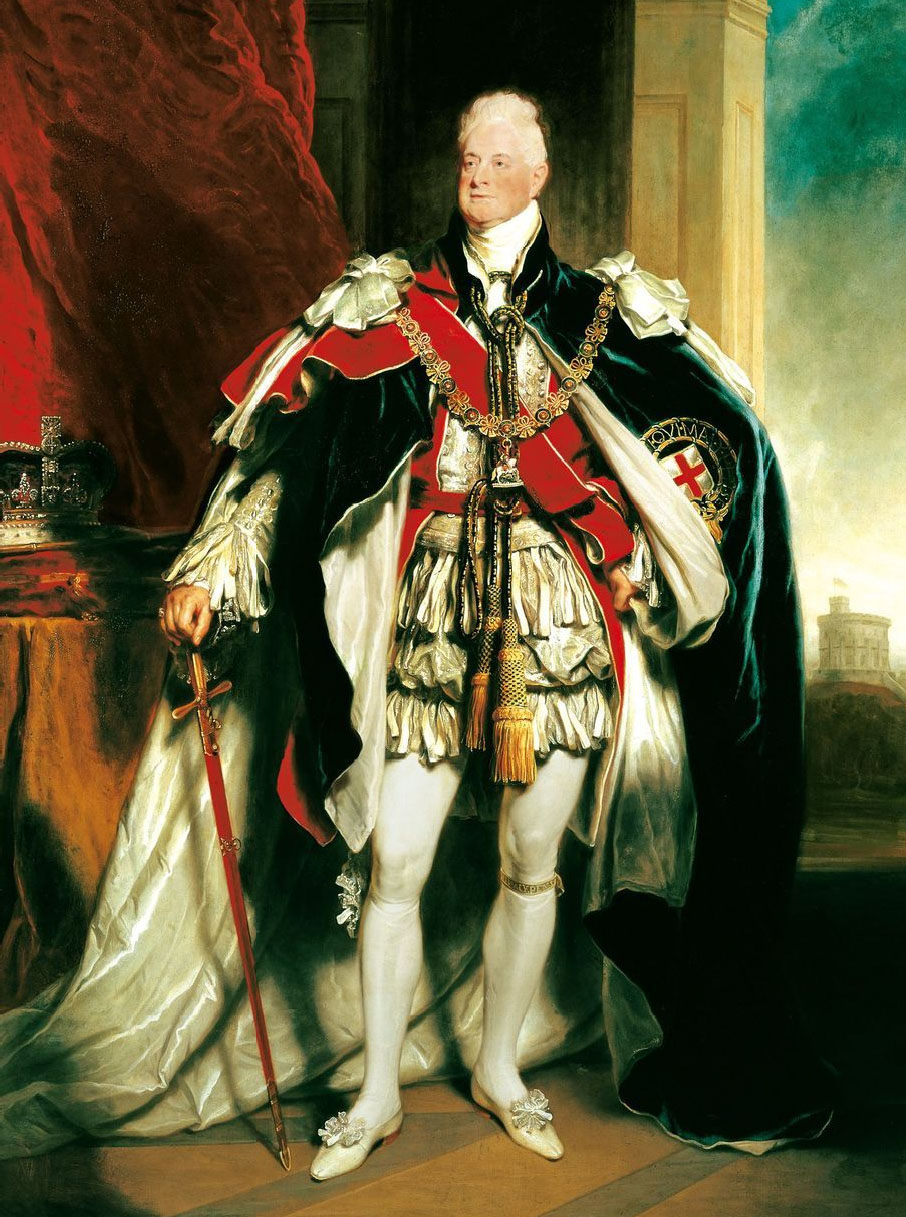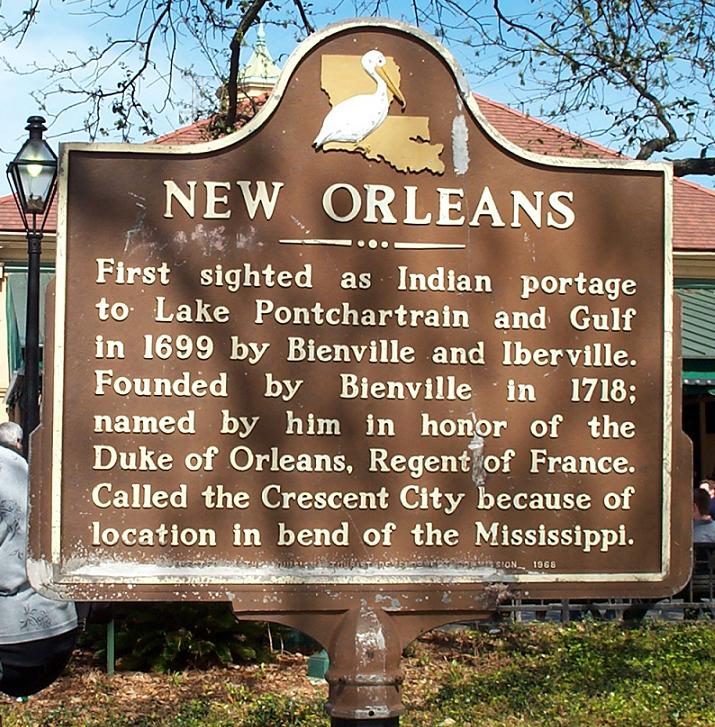|
John Vardy
John Vardy (February 1718 – 17 May 1765) was an English architect attached to the Royal Office of Works from 1736. He was a close follower of the neo-Palladian architect William Kent. John Vardy was born to a simple working family in Durham. His early training is obscure. His career at the Office of Works, which demanded most of his attention throughout his life, began in May 1736, when he was appointed Clerk of the Works at Greenwich Hospital. He was Clerk of the Works at Hampton Court Palace, January 1745 to 1746; Clerk of the Works at Whitehall, Palace of Westminster and St James's Palace, December 1746 to 1754; Kensington Palace, July 1754 to 1761. He also served as Clerk of the Works at Chelsea Hospital and as Surveyor to the Mint. Vardy and William Kent His relations with William Kent, his senior at the Board of Works, began around 1736 and remained close. Vardy prepared for publication the classic of the Palladian revival, ''Some Designs of Mr. Inigo Jones and Mr. Wil ... [...More Info...] [...Related Items...] OR: [Wikipedia] [Google] [Baidu] |
Durham, England
Durham ( , locally ) is a cathedral city and civil parish in the county of County Durham, Durham, England. It is the county town and contains the headquarters of Durham County Council, the unitary authority which governs the district of County Durham (district), County Durham. The built-up area had a population of 50,510 at the 2021 Census. The city was built on a meander of the River Wear, which surrounds the centre on three sides and creates a narrow neck on the fourth. The surrounding land is hilly, except along the Wear's floodplain to the north and southeast. Durham was founded in 995 by Anglo-Saxon monks seeking a place safe from Viking Age, Viking raids to house the relics of St Cuthbert. The church the monks built lasted only a century, as it was replaced by the present Durham Cathedral after the Norman Conquest; together with Durham Castle it is a UNESCO World Heritage Site. From the 1070s until 1836 the city was part of the County Palatine of Durham, a semi-independ ... [...More Info...] [...Related Items...] OR: [Wikipedia] [Google] [Baidu] |
Spencer House (St
Spencer House may refer to: * Spencer House, Westminster, Greater London, England United States * Spencer House (Hartford, Connecticut), listed on the National Register of Historic Places (NRHP) in Hartford County * Spencer House in Columbus, Georgia, former home of educator William Henry Spencer * Spencer House (Lima, New York), listed on the NRHP in Livingston County * Spencer House (Syracuse, New York), listed on the NRHP in Onondaga County * Arthur Champlin Spencer and Margaret Fenton Spencer House, Portland, Oregon, listed on the NRHP in Multnomah County * Spencer–Shippee–Lillbridge House, East Greenwich, Rhode Island, listed on the NRHP in Kent County * William B. Spencer House, West Warwick, Rhode Island, listed on the NRHP in Kent County * Spencer House (Bishopville, South Carolina), listed on the NRHP in Lee County * Spencer House (Cincinnati), a hotel from 1853 to 1935 {{disambiguation ... [...More Info...] [...Related Items...] OR: [Wikipedia] [Google] [Baidu] |
People From Durham, England
The term "the people" refers to the public or common mass of people of a polity. As such it is a concept of human rights law, international law as well as constitutional law, particularly used for claims of popular sovereignty. In contrast, a people is any plurality of persons considered as a whole. Used in politics and law, the term "a people" refers to the collective or community of an ethnic group or nation. Concepts Legal Chapter One, Article One of the Charter of the United Nations states that "peoples" have the right to self-determination. Though the mere status as peoples and the right to self-determination, as for example in the case of Indigenous peoples (''peoples'', as in all groups of indigenous people, not merely all indigenous persons as in ''indigenous people''), does not automatically provide for independent sovereignty and therefore secession. Indeed, judge Ivor Jennings identified the inherent problems in the right of "peoples" to self-determination, as i ... [...More Info...] [...Related Items...] OR: [Wikipedia] [Google] [Baidu] |
1765 Deaths
Events January–March * January 23 – Prince Joseph of Austria marries Princess Maria Josepha of Bavaria in Vienna. * January 29 – One week before his death, Mir Jafar, who had been enthroned as the Nawab of Bengal and ruler of the Bengali people with the support and protection of the British East India Company, abdicates in favor of his 18-year-old son, Najmuddin Ali Khan. * February 8 **Frederick the Great, the King of Prussia, issues a decree abolishing the historic punishments against unmarried women in Germany for "sex crimes", particularly the ''Hurenstrafen'' (literally "whore shaming") practices of public humiliation. ** Isaac Barré, a member of the British House of Commons for Wycombe and a veteran of the French and Indian War in the British American colonies, coins the term "Sons of Liberty" in a rebuttal to Charles Townshend's derisive description of the American colonists during the introduction of the proposed Stamp Act. Barré notes that ... [...More Info...] [...Related Items...] OR: [Wikipedia] [Google] [Baidu] |
1718 Births
Events January – March * January 7 – In India, Sufi rebel leader Shah Inayat Shaheed from Sindh who had led attacks against the Mughal Empire, is beheaded days after being tricked into meeting with the Mughals to discuss peace. * January 17 – Jeremias III reclaims his role as the Ecumenical Patriarch of Constantinople, chief leader within the Eastern Orthodox Church, 16 days after the Metropolitan Cyril IV of Pruoza had engineered an election to become the Patriarch. * February 14 – The reign of Victor Amadeus over the principality of Anhalt-Bernburg (now within the state of Saxony-Anhalt in northeastern Germany) ends after 61 years and 7 months. He had ascended the throne on September 22, 1656. He is succeeded by his son Karl Frederick. * February 21 – Manuel II (Mpanzu a Nimi) becomes the new monarch of the Kingdom of Kongo (located in western Africa in present day Angola) when King Pedro IV (Nusamu a Mvemba) dies after a reign of ... [...More Info...] [...Related Items...] OR: [Wikipedia] [Google] [Baidu] |
British Neoclassical Architects
British may refer to: Peoples, culture, and language * British people, nationals or natives of the United Kingdom, British Overseas Territories and Crown Dependencies. * British national identity, the characteristics of British people and culture * British English, the English language as spoken and written in United Kingdom of Great Britain and Northern Ireland and, more broadly, throughout the British Isles * Celtic Britons, an ancient ethno-linguistic group * Brittonic languages, a branch of the Insular Celtic language family (formerly called British) ** Common Brittonic, an ancient language Other uses *People or things associated with: ** Great Britain, an island ** British Isles, an island group ** United Kingdom, a sovereign state ** British Empire, a historical global colonial empire ** Kingdom of Great Britain (1707–1800) ** United Kingdom of Great Britain and Ireland (1801–1922) * British Raj, colonial India under the British Empire * British Hong Kong, colonial H ... [...More Info...] [...Related Items...] OR: [Wikipedia] [Google] [Baidu] |
Richard Westmacott (the Elder)
Richard Westmacott (the elder) (1747–1808) was an 18th-century monumental sculptor and the beginning of a dynasty of one of Britain's most important sculpting families. He also specialised in fireplace design for many of England's grand country houses. Life He was educated at Brasenose College, Oxford. He married Sarah Vardy, daughter of Thomas Vardy, carver, and niece of John Vardy, architect, and had thirteen children by her. He also had an affair with a widow, Susan Molloy, landlady of the "Bull and Horns" public house in Fulham and had at least one child by her also.Dictionary of British Sculptors 1660–1851, Rupert Gunnis Westmacott was declared bankrupt in 1803, and was likely supported thereafter by his by then successful son Richard. He died in relative poverty in 1808. Dynasty His sons include: George Westmacott (c. 1770 – 1827); Thomas Westmacott (architect) (c. 1775 – 1798); Sir Richard Westmacott (1775–1856) RA (the most successful and prodigious sc ... [...More Info...] [...Related Items...] OR: [Wikipedia] [Google] [Baidu] |
Royal Bank Of Scotland
The Royal Bank of Scotland Public Limited Company () is a major retail banking, retail and commercial bank in Scotland. It is one of the retail banking subsidiaries of NatWest Group, together with NatWest and Ulster Bank. The Royal Bank of Scotland has around 700 branches, mainly in Scotland, though there are branches in many larger towns and cities throughout England and Wales. The bank is completely separate from the fellow Edinburgh-based bank, the Bank of Scotland, which pre-dates the Royal Bank by 32 years. The Royal Bank of Scotland was established to provide a bank with strong House of Hanover, Hanoverian and Whigs (British political party), Whig ties. Following ringfencing of the Group's core domestic business, the bank became a direct subsidiary of NatWest Holdings in 2019. NatWest Markets comprises the Group's investment banking arm. To give it legal form, the former RBS entity was renamed NatWest Markets in 2018; at the same time Adam and Company (which held a separa ... [...More Info...] [...Related Items...] OR: [Wikipedia] [Google] [Baidu] |
Henry Paget, 1st Earl Of Uxbridge (second Creation)
Henry Bayly-Paget, 1st Earl of Uxbridge (18 June 1744 – 13 March 1812), known as Henry Bayly until 1769 and as Lord Paget between 1769 and 1784, was a British peer. Early life Born Henry Bayly, Uxbridge was the eldest son of Sir Nicholas Bayly, 2nd Baronet, of Plas Newydd in Anglesey, by his wife Caroline Paget, daughter of Brigadier-General Thomas Paget and a great-granddaughter of William Paget, 5th Baron Paget. He succeeded as 10th Baron Paget in 1769 on the death of his mother's second cousin, Henry Paget, 2nd Earl of Uxbridge. By Royal Licence on 29 January 1770, he took the name of Paget in lieu of Bayly. In 1782 he succeeded his father as 3rd Baronet. G. E. Cokayne, Vicary Gibbs, et al., ''The Complete Peerage'' (Gloucester: Alan Sutton Publishing, 2000), vol. VIII, p. 501 Career Paget was commissioned colonel of the newly raised Staffordshire Militia on 22 April 1776 during the War of American Independence. He resigned in 1781 but was re-appointed in 1783, aft ... [...More Info...] [...Related Items...] OR: [Wikipedia] [Google] [Baidu] |
Burlington Gardens
Burlington Gardens is a street in central London, on land that was once part of the Burlington Estate. Location The street is immediately to the north of the Royal Academy of Arts and joins Old Bond Street and New Bond Street in the west and Vigo Street in the east. Cork Street, Savile Row and Old Burlington Street all run north from Burlington Gardens. On the south side of Burlington Gardens is one end of the Burlington Arcade and the rear of Albany (London), Albany at 10 and 12 Burlington Gardens, which is wedged between the end of Burlington Gardens and the start of Vigo Street. This part of Albany was designed by Henry Holland (architect), Henry Holland. History Burlington Gardens was once part of Vigo Lane (later renamed Vigo Street) which originally ran all the way from Bond Street to Glasshouse Street before the part behind Burlington House was renamed Burlington Gardens by 1831. And before it was either Vigo Street or Lane, the whole roadway from what is now Bond Str ... [...More Info...] [...Related Items...] OR: [Wikipedia] [Google] [Baidu] |
7 Burlington Gardens
7 Burlington Gardens is a Grade II* building in Mayfair, London. Formerly known as Queensberry House, it was later called Uxbridge House. The building was a bank for much of the 19th and 20th centuries, and was later for a time home to the London flagship store of the American fashion retailer Abercrombie & Fitch. Location The address is in the Mayfair district of London. Although the official address is "7 Burlington Gardens", it is also on Savile Row and Google Maps labels the location as "42 Savile Row, Westminster". On the side of the building facing Savile Row, a sign reads "Savile Row W1". On the facade of the building facing Burlington Gardens, it reads "Burlington Gardens W1". History Private mansion The building was first erected as a home in the early 1720s. Designed by Giacomo Leoni, the house was initially commissioned by John Bligh M.P., but was sold by him (while the property was still being fitted out) to the 3rd Duke of Queensbury in 1722. As Queensbury Hous ... [...More Info...] [...Related Items...] OR: [Wikipedia] [Google] [Baidu] |
Giacomo Leoni
Giacomo Leoni (; 1686 – 8 June 1746), also known as James Leoni, was an List of Italian architects, Italian architect, born in Venice. He was a devotee of the work of Florence, Florentine Renaissance architecture, Renaissance architect Leon Battista Alberti, who had also been an inspiration for Andrea Palladio. Leoni thus served as a prominent exponent of Palladian architecture, Palladianism in English architecture, beginning in earnest around 1720. Also loosely referred to as Georgian architecture, Georgian, this style is rooted in Italian Renaissance architecture. Having previously worked in Düsseldorf, Leoni arrived in England, where he was to make his name, in 1714, aged 28. His fresh, uncluttered designs, with just a hint of Baroque architecture, Baroque flamboyance, brought him to the attention of prominent patrons of the arts. Early life Leoni's early life is poorly documented. He is first recorded in Düsseldorf in 1708, and arrived in England sometime before 1715. ... [...More Info...] [...Related Items...] OR: [Wikipedia] [Google] [Baidu] |





